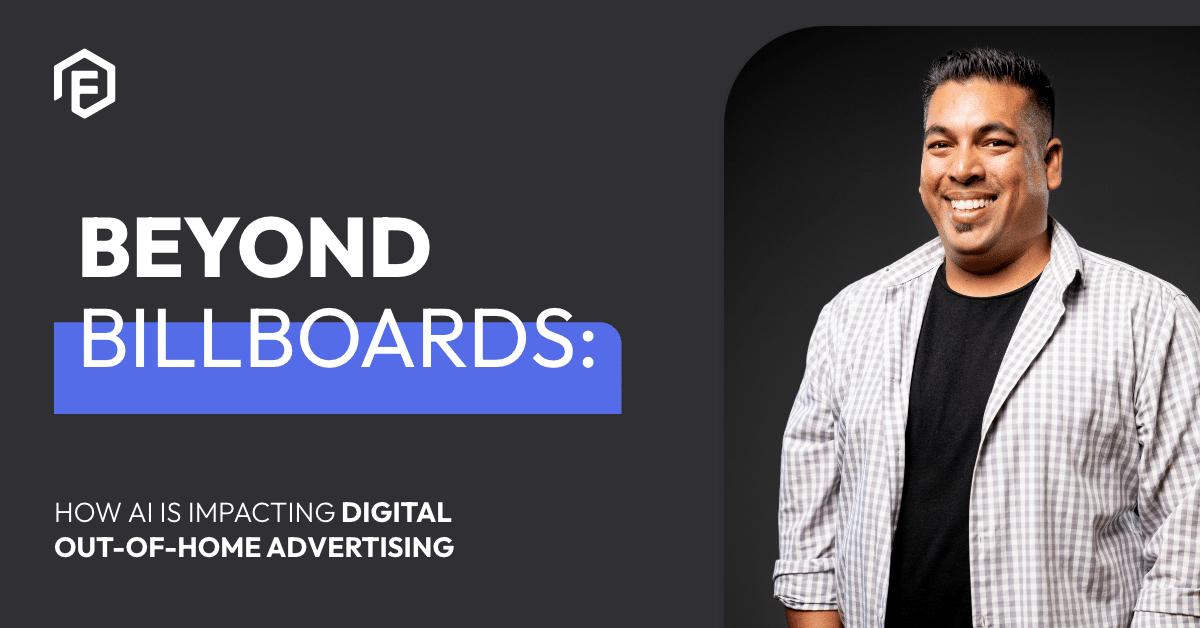Websites are an important way of attracting online consumers in order to make them aware of one’s brand. If the website does not load in less than three seconds, then one can lose visitors. With bigger websites, it is estimated that the loading time can be as fast as two seconds – any slower than this, and website owners risk losing customers. Here are some of the top tips for cutting down website loading time:
Optimize Your Images
While uploading images to a WordPress website, it is advisable for the website developers to optimize them to ensure quick page loading times without compromising image quality. High-resolution images downloaded from image sites or directly from your camera are raw images, so they should be processed accordingly. Use programmes like Photoshop or other photo editing software to shrink these images to fit the width of your site. Then you can lower the image quality to somewhere between 60% and 80% for subsequent use of the images online. Don’t worry if you don’t have Photoshop or any other fancy software; there are plenty of online services/websites you can use for free.
Minify (Minimize) Your Codes
It is advisable that you minify (an industry term for minimising) the site’s code so that it does not overburden the server. This is how you do it:
Even WordPress website developers should minify the messy files in their HTML, javascript, and CSS coding.
This technique helps to clear out pointless lines of code and empty spaces that could affect load time.
A caching plugin or a standalone plugin will help solve the load problem on the server.
Elimination of duplicate scripts and code duplicates.
This is another common issue that degrades the performance of websites. Moreover, with duplicate CSS and javascript files, multiple HTTP requests are generated, which leads to delayed execution of the javascript code. One has to look for any duplicate scripts that may be hidden in the external file, and we also always advise looking for script management modules with the templates used.
Spread Your Content Through CDN
The spreading of the content across the server will help speed up the loading time of the website. Developers must use the CDN or Content Delivery Network to sort things out. The CDN is actually a collection of servers across different platforms around the world, and it helps with two things:
The cached files are sent via the CDN through locations that are close to the users, delivering content without bloated files or cookies.
A Content Delivery Network helps makes few changes in the code, but it can be a little expensive. Popular internet providers have their own CDNs, but it is advisable to take this service from provider companies.
These days, websites use newer (and larger) media content to attract visitors. However, this can drastically affect their loading time. Companies and individuals should use cached versions, which can improve page loading speed significantly.
We recommend that you have an experienced web developer take a look at your website every once in a while. Simply having a website running on your local server is of no value today. There is a lot more to a successful website than a beautiful appearance. Like a car, which needs frequent servicing, a website needs to be updated continually with the latest technology and fresh content, so that it can feed positive results to search engines and web users. Speed is just one of many key factors that will help keep your website relevant.
Here at Flume, our clients come first. We offer various services, including web, app, platform production, SEO, Data Analytics, digital strategy, creative production, and publishing. Whether you need to revamp your website or create engaging social media content, Flume has the expertise to make it happen. So why wait? Contact us today to learn how Flume can help your business thrive in the digital world!



